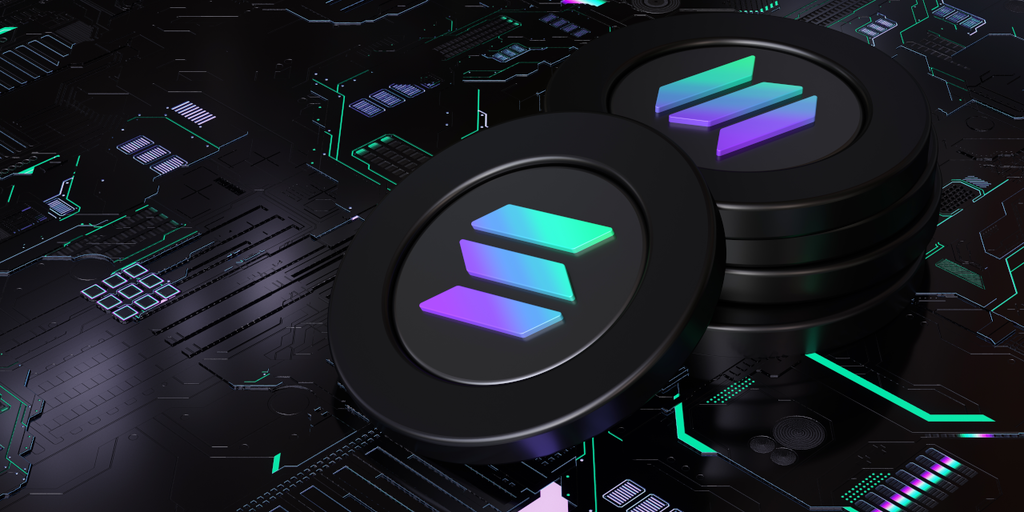Addressing Congestion on the Solana Network
In response to the increasing congestion issues faced by the Solana network, the Anza team, which emerged from Solana Labs earlier this year, has unveiled proposed solutions in version 1.18.11 of its validator client. A validator client is specialized software utilized to reach consensus on proof-of-stake blockchains such as Solana and Ethereum. This software enables validators to authenticate transactions, ensuring they adhere to network regulations and verifying that the sender possesses adequate funds before incorporating new blocks into the chain.
The persistent congestion on the Solana network has spurred developers into action. While streamlining validator clients provides one potential fix, developers are also considering optimizing computing unit utilization, introducing priority fees to enhance user experiences, and exploring stake-weighted Quality-of-Service (QoS) to streamline transaction prioritization.
Testing the Proposed Fixes
Initially launched on a devnet, Anza has called upon testnet validators to assist in testing the new software’s effectiveness in addressing congestion issues. An announcement posted on Twitter urged Solana testnet validators to promptly upgrade to version 1.18.11 to commence evaluating the impact of these proposed fixes.
@Solana testnet validators, the v1.18.11 release is now deployed to devnet, recommended for use on testnet. Please upgrade ASAP to help us start analyzing the effects of the proposed congestion fixes.
— Anza (@anza_xyz) April 12, 2024
The Impact of Congestion on Solana
The congestion issues on Solana primarily stem from spam transactions, significantly affecting transaction processing speeds and escalating transaction drop rates. Solana’s unique architecture, which processes transactions directly without a mempool, further complicates this challenge. External analyses underscore the severity of the congestion issues confronting Solana.
Recent reports highlight that investor interest in Solana meme coins has triggered a surge in network congestion, causing substantial delays in transaction processing and communication between nodes. Data from SolScan indicates transaction failure rates as high as 50% to 80%.
Acknowledging the Issues
The Solana Foundation has been proactive in recognizing these challenges and the resulting user frustration. Austin Federa, Head of Strategy at the Solana Foundation, acknowledged the situation in a tweet, attributing the issues to the implementation of the QUIC protocol and escalating demand.
Developers from Anza, Firedancer, Jito, and other core contributors are working diligently (and not sleeping much) to shore up Solana’s networking stack to meet the unprecedented demand the network is seeing today.
There’s been a lot of threads on what exactly is causing the…
— Austin Federa | 🇺🇸 (@Austin_Federa) April 10, 2024
Federa highlighted that the situation was a result of technical debt, emphasizing that such challenges had been overcome in the past. He noted that every decision involves trade-offs and that the Solana network had previously faced similar issues in early 2022 when demand exceeded system capacity.
Image/Photo credit: source url





